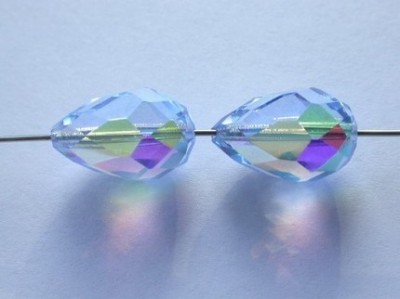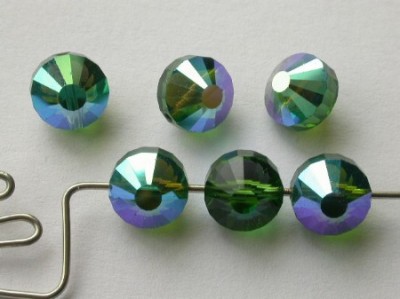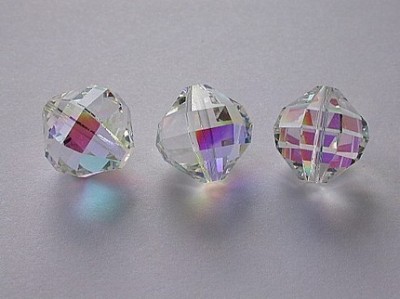When it comes to vintage beads, I’m often asked two questions:
1. Why are vintage beads so special?
2. Where do you find them?
I’ll answer the first question today, and then answer the second in a future post.
So, why are vintage beads special?
It may sound corny, but they don’t make things like they used to! This is definitely true with beads.
Sure, mass-produced contemporary beads are pretty, but they can’t compete with vintage beads in terms of color, cut, reflective flash, and the sheer artistry of the vintage designs.
There are several reasons for this, but to put it simply – the world has changed so much. It’s no longer cost-effective for beads to be produced with the painstaking care and time-consuming methods of the past. Just ask any lampwork glass artist in today’s world if it’s easy – in the current market – to be paid a truly fair price for the time and imaginative skill that she puts into her work.
As has been the case in the manufacture of many different products over the years, there often comes a time when certain processes of production become too expensive to maintain or are found to be environmentally unfriendly. Early bead makers often used finishes and coating formulas that had to be modified for these reasons. As a result, today’s crystal beads with an aurora borealis finish, for example, simply do not have the full spectrum of color and brilliance of a vintage aurora borealis crystal, and so that adds to the value and desirability of the vintage crystal.
Vintage plastics and Lucite are cherished for the same reasons – the old methods yielded beads that are often superior to the versions created today. Sometimes it’s a minor difference, but often it’s very obvious that the vintage beads were more finely crafted and are more beautiful.
If you haven’t used vintage beads in your designs before, why not consider using some in your next project?
You might just fall in love! 🙂



